Tampa's HVAC Services | License #: CAC1818057A
Plumbing License | License #: CFC1433906
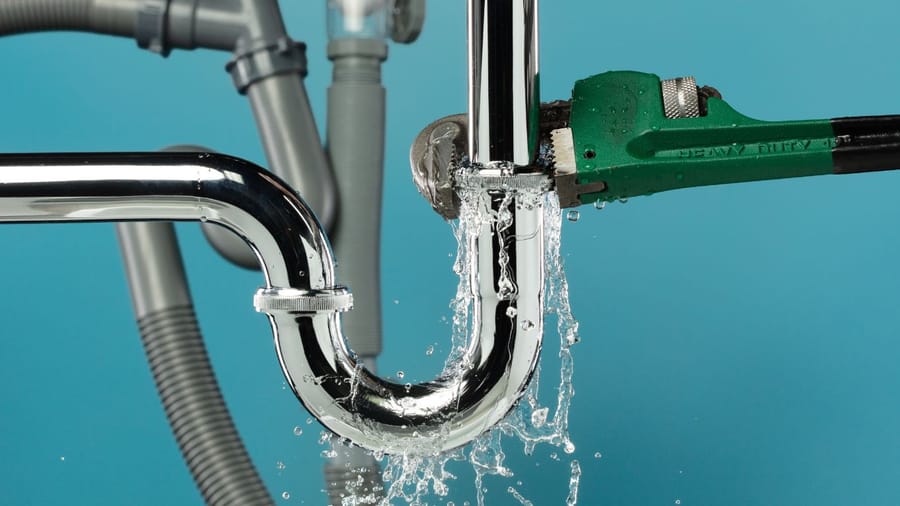
Home Plumbing Emergency: What to Do While Waiting for Service
Plumbing emergencies never happen at a convenient time. A pipe may burst late at night, a toilet may overflow just as guests arrive, or a water heater might begin leaking on a holiday weekend. These situations are stressful and disruptive, but the most important thing you can do is remain calm and act quickly. What you do in the time before professional help arrives can make the difference between a manageable inconvenience and major damage to your home. At The Comfort Authority, we know how overwhelming these moments feel, and that is why we have created this guide to help you take the right steps during a plumbing emergency.
Why Immediate Action Matters
When water begins flowing where it does not belong, every minute counts. Even a small leak can spread rapidly through drywall, flooring, and ceilings, causing structural damage and creating an environment where mold and mildew thrive. Electrical systems may also be compromised if water reaches outlets, appliances, or wiring, which introduces significant safety hazards. In addition, when sewage is involved, the risk to health and sanitation is immediate. Taking swift action helps limit the spread of water, reduces the cost of repairs, and keeps your household safe until a licensed plumber can arrive.
First Responses in a Plumbing Emergency
In any plumbing crisis, your initial actions can make all the difference in minimizing damage. Quick thinking not only helps protect your home and belongings but also creates a safer environment until a professional can arrive. By knowing what to do in the first moments, you can stop a small issue from becoming a much larger and more expensive problem.
Shutting Off the Water Supply
The first step in almost every plumbing emergency is to stop the flow of water. Your home has a main water shut off valve, usually found where the water line enters the property. Closing it stops water to the entire house and prevents additional flooding. For some issues, such as an overflowing toilet or leaking sink, individual shut off valves near the fixture may be enough to control the problem. It is important to know where these valves are located in advance. Taking the time to identify them before an emergency saves you from wasting valuable moments when it matters most.
Turning Off the Water Heater
Once the water supply is off, your next priority is protecting your water heater. Without incoming water, the heater can continue to run and overheat, leading to serious damage. For gas units, turn the thermostat to the pilot setting. For electric units, shut off the breaker at the electrical panel. This step is often overlooked, but it is essential in protecting one of your home’s most important appliances.
Addressing Safety Concerns
Plumbing emergencies can bring dangers beyond water damage. Water in contact with outlets, wiring, or appliances poses immediate electrical risks. If you notice water near electrical areas, avoid contact and shut off power to that part of the house if you can safely do so. When the problem involves wastewater, exposure to harmful bacteria becomes another concern. Keep children and pets out of contaminated spaces, and do not attempt cleanup without proper protection. In some cases, sewage issues may signal a deeper problem in your system, and arranging a sewer line inspection after the immediate emergency is under control may be the best way to prevent recurrence.
How to Contain the Damage
When water enters your home, the first priority is to act quickly to limit its spread and reduce the impact on your property. Containing the damage early can help prevent further complications such as structural issues, mold growth, or ruined belongings.
Managing Water Inside the Home
After controlling the source, focus on limiting the spread of damage. Absorb visible water with towels and collect dripping leaks in containers. Relocating furniture, rugs, and electronics from the affected area can protect your belongings from permanent damage. Even after shutting off the supply, lingering water is still a concern. Homeowners dealing with an emergency water leak should act immediately to dry surfaces, knowing that moisture left untreated can cause mold growth within a short time.
Creating Ventilation and Airflow
If it is safe to do so, open windows and run fans to promote airflow. Circulating air helps reduce moisture and slows the development of mold or mildew. While this will not solve the problem entirely, it buys time until professional repairs and cleanup can begin.
Preparing Your Home for the Plumber
Clearing Access Points
Your plumber will need clear access to the problem areas. Taking a few minutes to move storage bins, cleaning supplies, or other items out of the way can make the repair process smoother and faster. Basements, bathrooms, and utility rooms are common locations for plumbing issues, and these spaces are often cluttered with household items that block access to pipes or fixtures.
Ensuring Safety for Children and Pets
Curiosity is natural during an emergency, but children and pets should always be kept at a safe distance. Water, tools, and unfamiliar activity create risks that are best avoided. Keeping the space clear not only ensures safety but also allows the plumber to work without interruption.
Common Plumbing Emergencies and What to Do
Plumbing problems can strike at any time, and knowing how to respond right away can prevent costly repairs and long-lasting damage. Some situations require immediate action to protect your home, while others can be stabilized until professional help arrives. Being prepared for the most common scenarios gives you confidence and control when emergencies occur.
Burst Pipes
Burst pipes can release enormous amounts of water quickly, making them one of the most destructive emergencies. Shutting off the main water supply is the only way to stop the flooding. Opening faucets afterward helps drain water remaining in the system and relieves pressure. Since a broken pipe can result from freezing, corrosion, or excess pressure, addressing the underlying cause is just as important as repairing the immediate damage.
Overflowing Toilets
An overflowing toilet causes instant frustration and can quickly lead to unsanitary conditions. Shutting off the supply valve located behind or near the toilet prevents additional water from entering the bowl. Avoid flushing again until a plumber determines the cause of the blockage and makes the necessary repair.
Severely Clogged Drains
When drains back up, avoid the temptation to use chemical drain cleaners. These products can corrode pipes and lead to larger problems. If water is rising in sinks, showers, or tubs, stop using the fixture until a professional clears the blockage with the right tools.
Leaking Water Heaters
A leaking water heater can create standing water in basements or utility spaces. Turning off the supply valve to the tank and shutting down the unit’s power source are the safest immediate steps. Containing visible water will reduce the spread of damage until repairs or replacement are completed.
Preventing Plumbing Emergencies
The best way to handle a plumbing disaster is to stop it from happening in the first place. Taking simple, proactive steps now can protect your home from unexpected damage and costly repairs later. Regular attention to your plumbing system keeps everything running efficiently and gives you peace of mind that small issues won’t turn into big emergencies.
Proactive Maintenance
Not all emergencies can be avoided, but proactive maintenance significantly lowers the risk. Scheduling routine plumbing inspections allows potential weaknesses to be identified before they fail. Replacing aging fixtures, pipes, and water heaters before they break down saves money and stress.
Daily Habits
Simple daily habits also protect your plumbing. Avoid flushing anything other than toilet paper, and keep grease and oils out of your drains. These small changes may seem minor, but they reduce the likelihood of blockages and backups that can become costly emergencies later on.
Staying Calm and Calling a Professional
Emergencies test patience and focus, but staying calm ensures you make the right decisions. Once you have shut off the water, secured your water heater, contained the damage, and cleared the space, your most important step is contacting a trusted plumber. At The Comfort Authority, our team responds quickly to plumbing emergencies throughout Tampa Bay. With professional experience, proven equipment, and a commitment to reliable service, we provide fast solutions that protect your home and bring peace of mind.
Protect Your Home with The Comfort Authority
A plumbing emergency may feel overwhelming, but knowing what to do while waiting for service can prevent disaster. Shutting off the water supply, ensuring safety, containing damage, and preparing for the plumber’s arrival all buy you valuable time. With preparation and the support of trusted professionals, you can navigate even the most stressful situations confidently.
For dependable plumbing emergency service in Tampa Bay, turn to The Comfort Authority. Visit our website today to schedule service and keep your home safe, comfortable, and worry-free.
Recent News
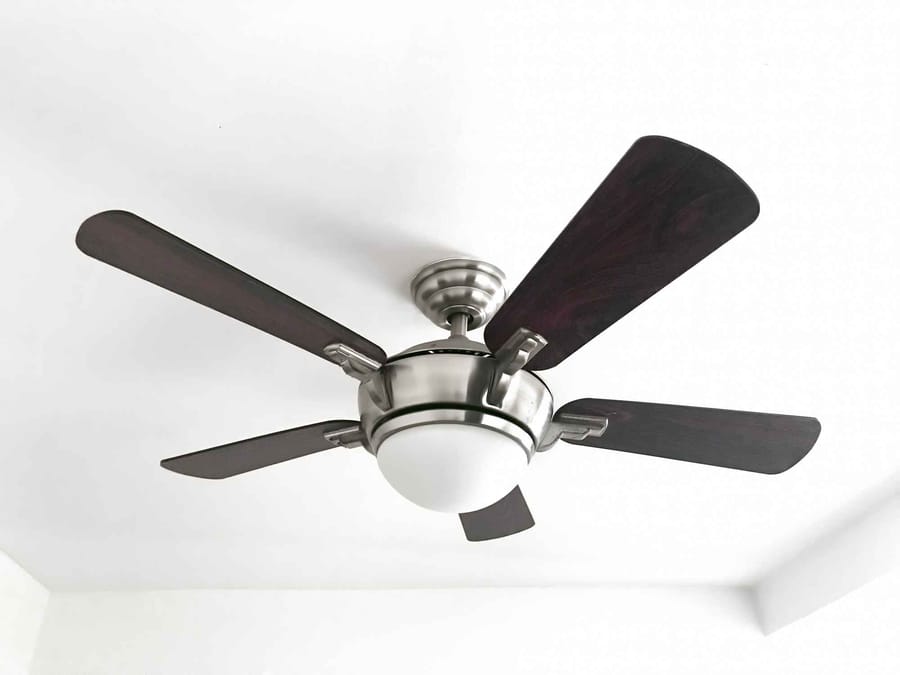
Home Comfort Myths in Florida: What People Get Wrong About HVAC & Plumbing
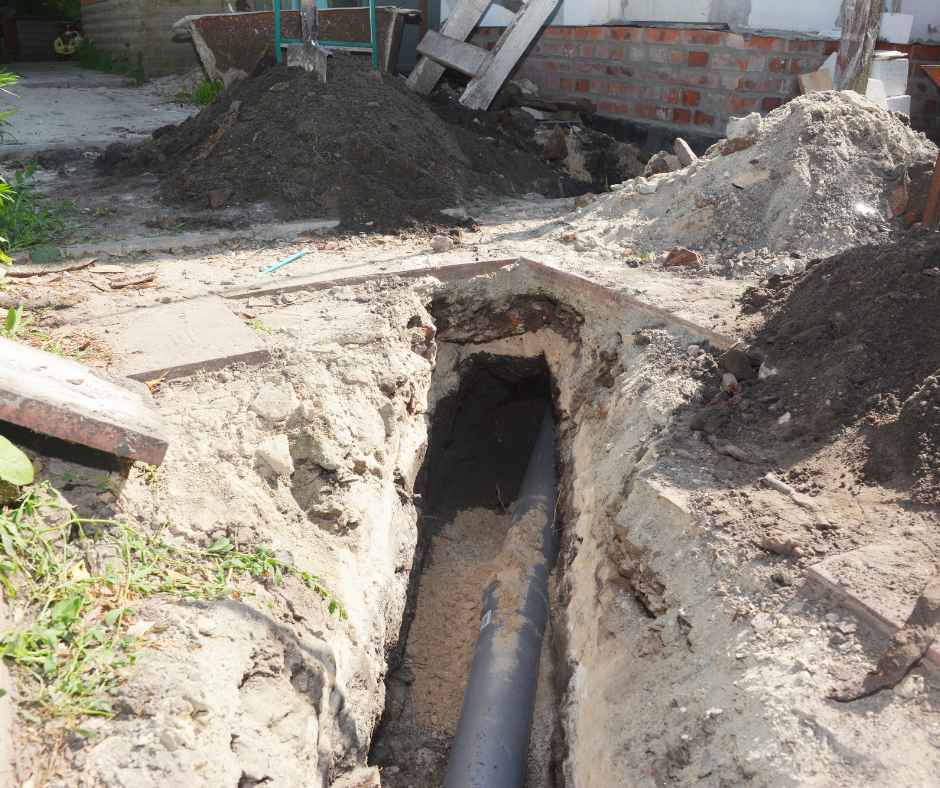
5 Signs Your Sewer Line Needs an Inspection or Repair
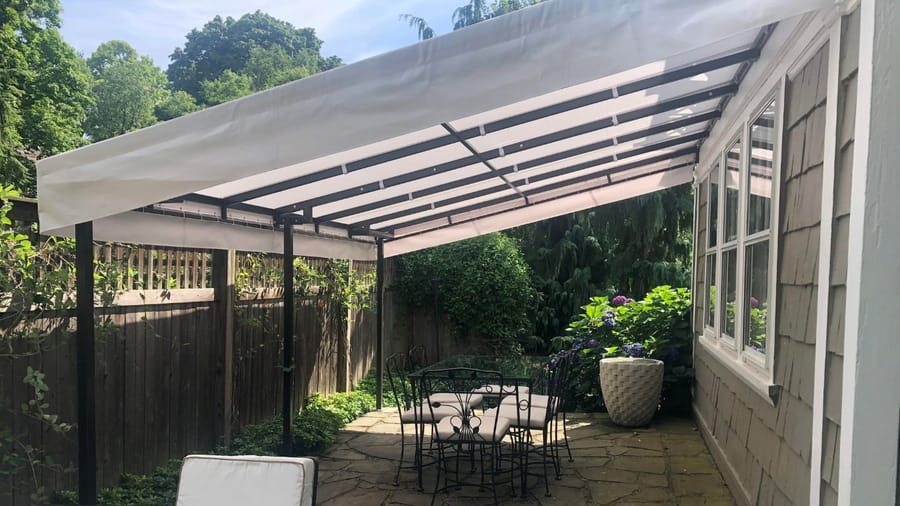
How to Slash Your Energy Bills in Tampa This Summer
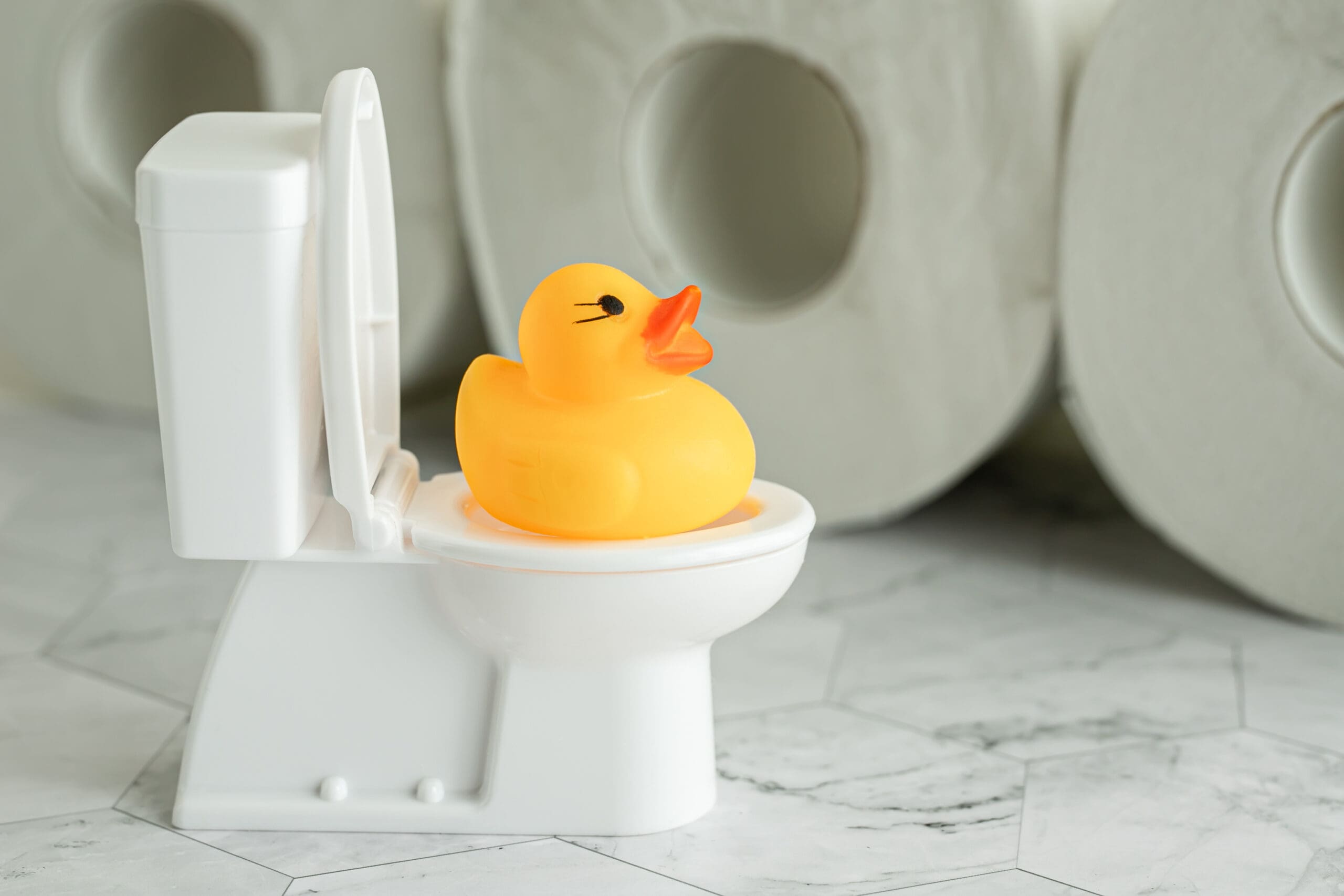
Why Does My Toilet Flush Twice?

Why Does My Bathroom Smell Like Sewage?
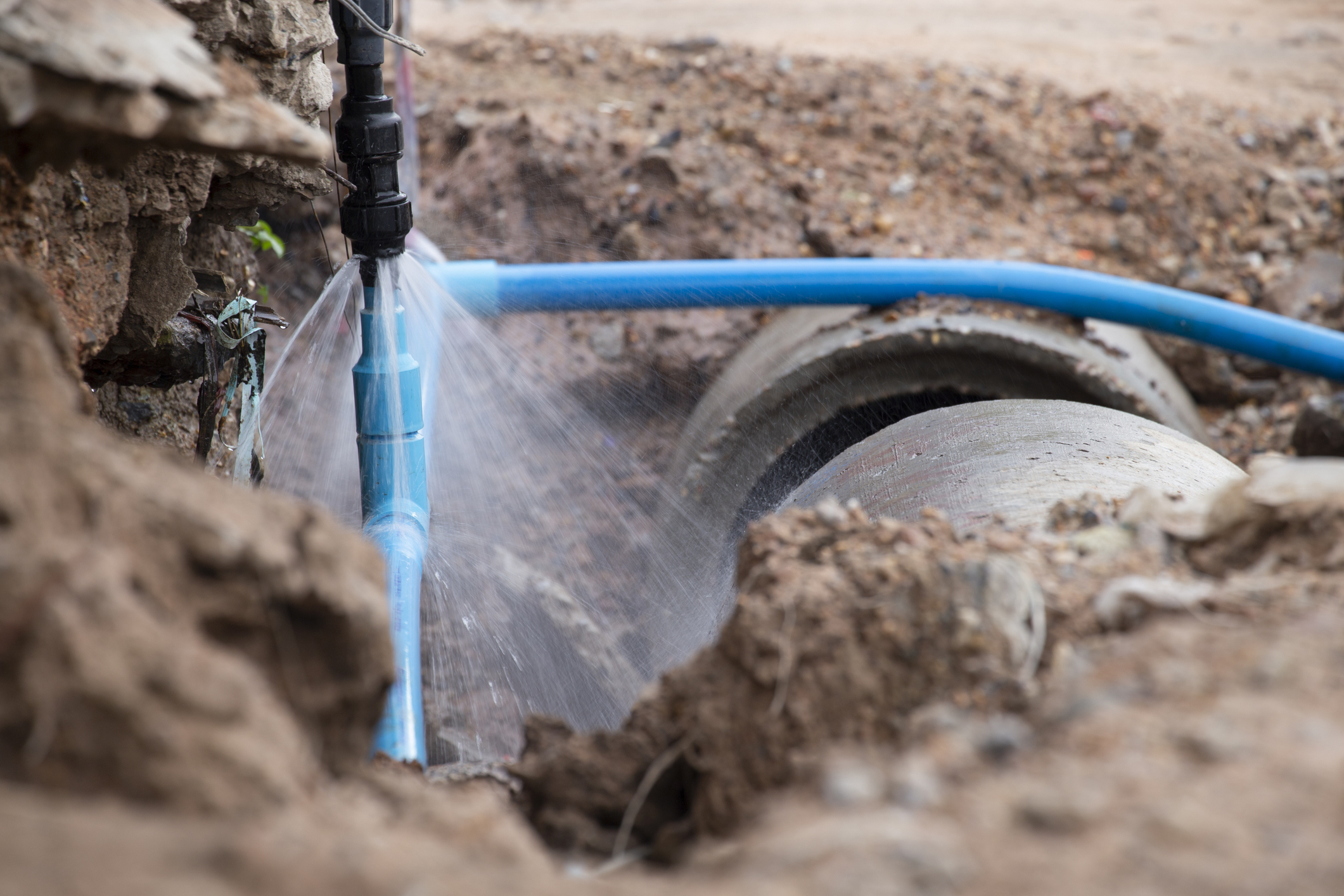
Broken Pipe? 5 Common Causes
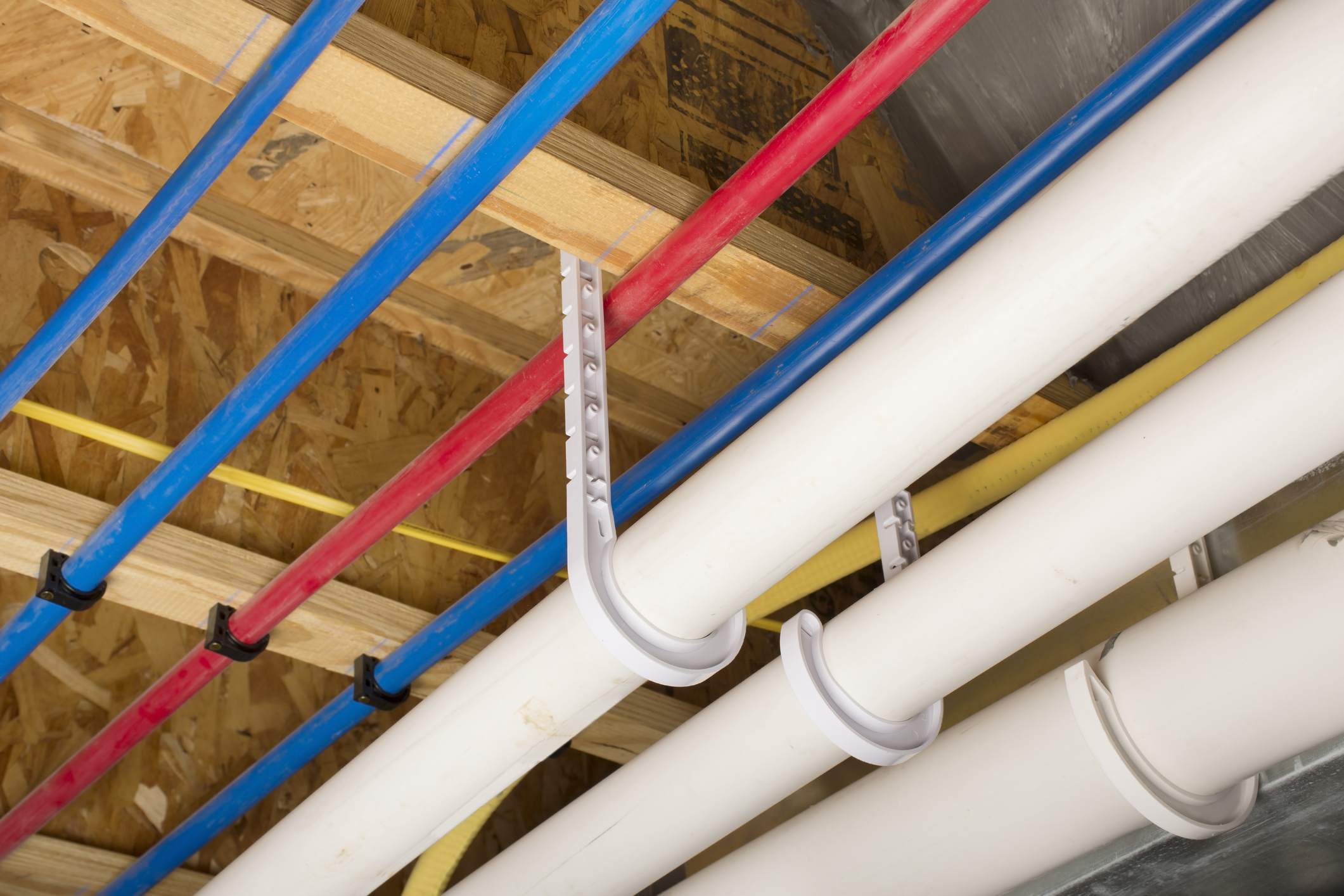
Types of Plumbing Pipes: Which are Best for Your Home?
